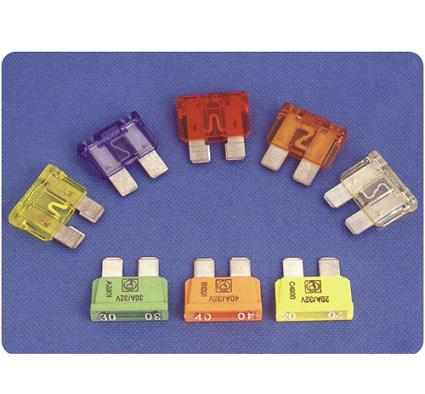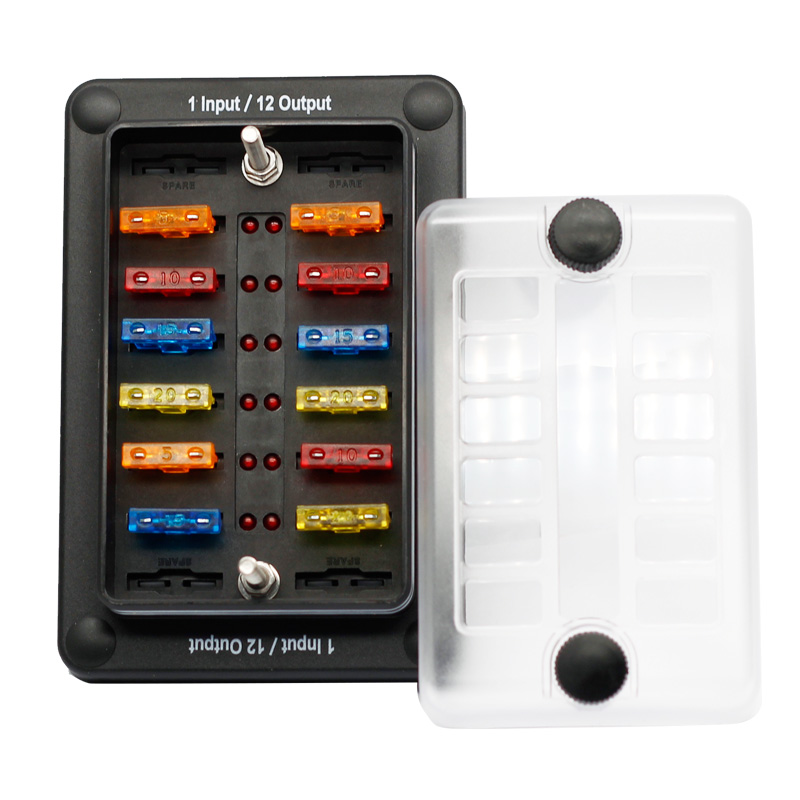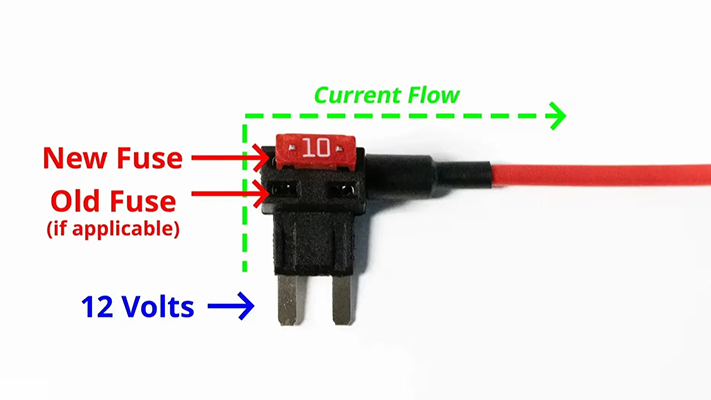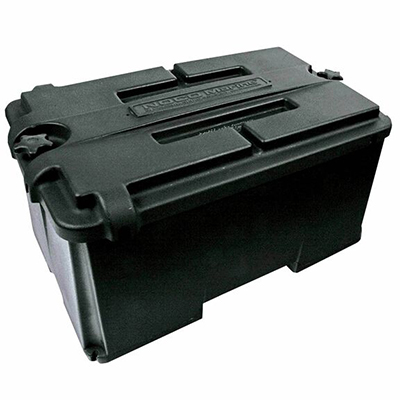Step-by-Step Guide to Evaluating Automotive Fuse Integrity
News 2025-10-13
Car fuses are vital safety components in automotive electrical systems, protecting circuits from excessive current that could cause fires or damage. In practical scenarios like diagnosing a faulty tail light or preparing for a long drive, checking fuse condition ensures reliable vehicle performance. This article outlines effective methods to determine if a car fuse is operational, emphasizing quick diagnostics and safety benefits in everyday maintenance.

Visual Inspection Techniques
One of the simplest ways to assess a fuse is through visual examination. Start by identifying the fuse box location, often under the hood or dashboard, and refer to your vehicle’s manual for specific fuse layouts. Carefully remove the suspect fuse with a fuse puller or insulated pliers. Inspect the metal filament inside; if it’s intact and shows no signs of melting, discoloration, or breakage, the fuse is likely good. This method excels in field applications, such as roadside checks, due to its speed and lack of required tools, allowing drivers to quickly rule out obvious failures.
Electrical Testing Methods
For more precise results, employ electrical testing with a multimeter, a common tool in automotive diagnostics. Set the multimeter to continuity mode and touch the probes to the fuse’s terminals. A low resistance reading or audible beep indicates a good fuse, while infinite resistance or no response signals a bad one. This approach highlights the performance edge of electronic verification, detecting subtle defects invisible to the eye, such as hairline fractures, which is crucial in complex systems like modern car’s infotainment or safety features, enhancing overall diagnostic accuracy.
Frequently Asked Questions
1. What symptoms indicate a blown car fuse?
A blown fuse typically causes specific electrical components to fail, like non-working lights or unresponsive power outlets, and may be accompanied by a burning odor from the fuse box.
2. Is it safe to handle car fuses without tools?
While possible, using fuse pullers or pliers is recommended to avoid injury or damage, ensuring a secure grip and preventing accidental short circuits.
3. Can faulty fuses affect vehicle safety systems?
Yes, a bad fuse can disable critical safety features such as airbags or ABS, underscoring the importance of regular checks to maintain vehicle integrity.


